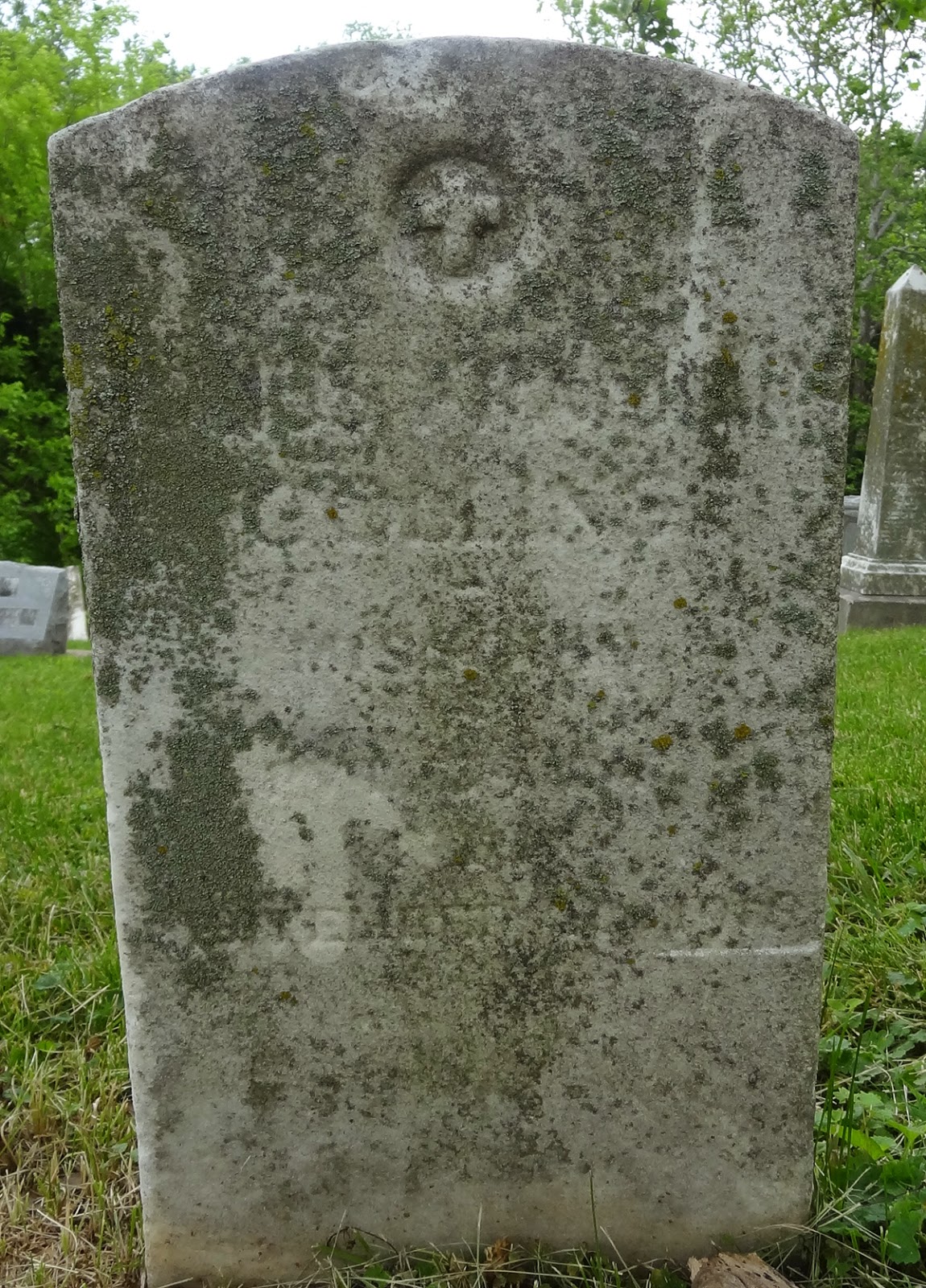My Schalin ancestors immigrated to Alberta, Canada, in 1893, primarily to escape the religious intolerance of Russian Tsar Alexander III. My grandmother's aunt, Pauline (Schalin) Falkenberg, married John Gutche soon after the extended Schalin clan arrived in Alberta. He was her second husband. They had five children between 1895 and 1906.
In 1917, their oldest daughter, Sadie Pauline Gutche, married Emil Klapstein. Emil's family was also from Russia and had immigrated to Alberta about 1898. Soon after their marriage they moved to Lodi, California. Emil worked as a manager at the Enterprise Planning Mill and they lived at 523 East Walnut (which is now a parking lot).
Sadie and Emil had three children: Harvey Cecil, Vernon Sidney, and Earl Loren. Vernon later changed his surname to Kenwood. Earl played college football in California at the University of the Pacific and was a member of the university's ROTC program. He served with the U.S. Marine Corps during World War II and was later drafted by the Philadelphia Eagles in the 24th round (250th overall) in 1944.
 |
| Earl Klapstein in 1943; photograph courtesy of Fanbase |
By 1946 he was playing offensive and defensive tackle with the Pittsburgh Steelers. The team went 5-5-1 under head coach, Jock Sutherland, who was later inducted into the Football Hall of Fame in 1951.
 |
| 1946 Pittsburgh Steelers; photograph courtesy of Tailgating Jerseys |
In 1956 he was a defensive line coach and scout for the Green Bay Packers; it was his move up to the coaching ranks of professional football. He didn't stay in Green Bay long. According to an Associated Press card, he became the Director of Physical Education and head football coach at California Junior College in Cerritos soon after it was founded.
 |
| Racine Journal Times, 20 April 1956 |
Earl married Viola C. Wiederrich, on 7 May 1944 in Nevada. He had just completed basic training at Parris Island, South Carolina but had not yet been deployed to the Pacific. They made their home in Lodi most of their entire lives. Viola was a fine athlete in her own right. She played shortstop on a championship softball team in 1939. Earl died in 1997 and Viola in 2009. Both are buried at Cherokee Memorial Park in Lodi.
I discovered Earl Klapstein after having my mother's DNA tested. I wanted to be able to identify which of my DNA matches came from each parent. I also know so little about my mother's side of the family, I was hopeful a test one generation further back would be helpful. One of her 4th to 6th cousin matches had no family tree attached to the test, but I recognized the surname of the person who administered the test from a one-place study I had done of Leduc, Alberta, Canada -- where my Schalin ancestors settled in 1893. I messaged him and we've since shared enough information for me to place him in my family tree. According to my tree software he is the grand nephew of the husband of a first cousin twice removed. That means that from my known information we are not related by blood. So there must have been a Klapstein-Schalin marriage in Russia about which we are both unaware.
This is my entry for Amy Johnson Crow's 52 ancestors in 52 weeks challenge.
Fearless Females: Religion


















